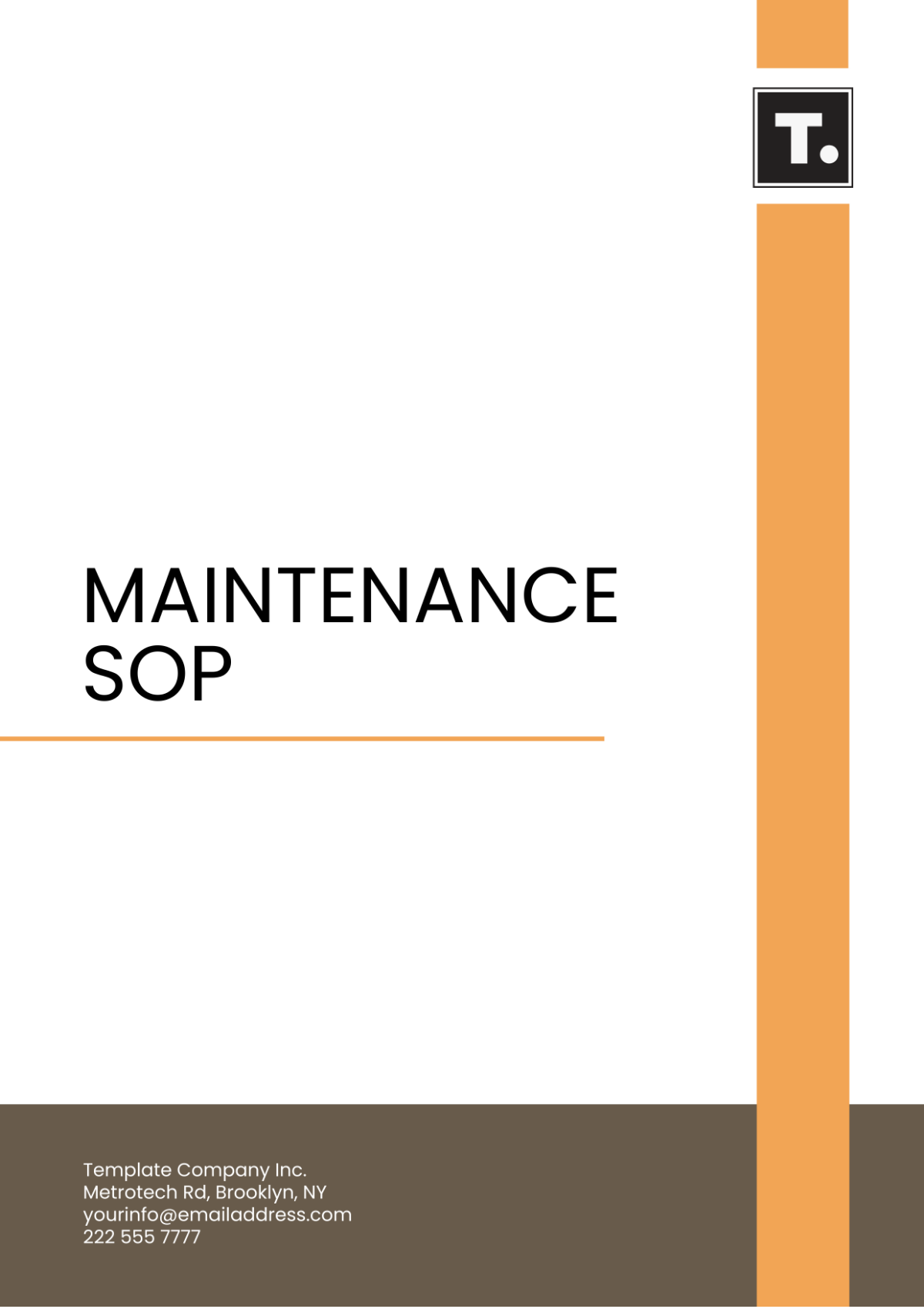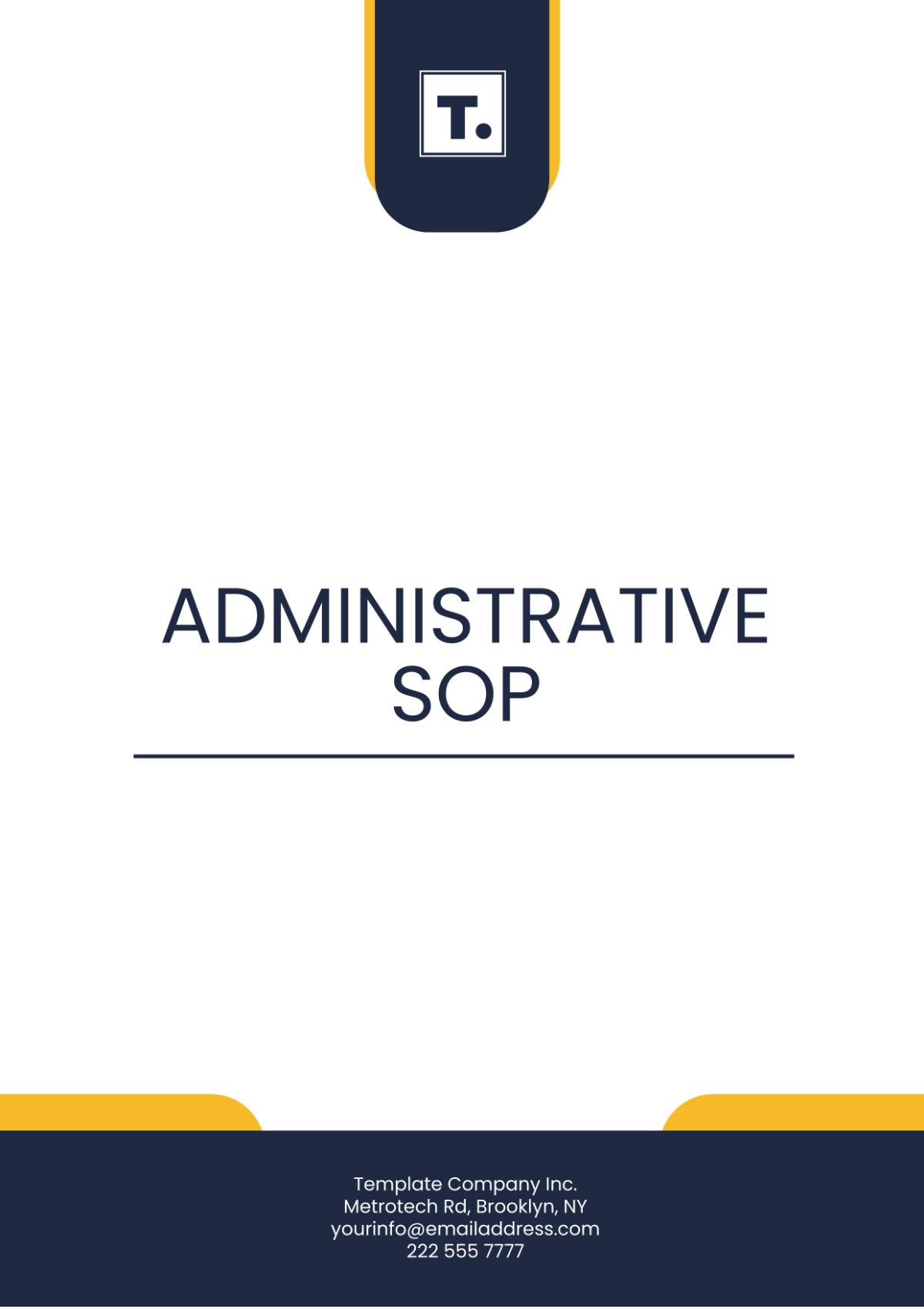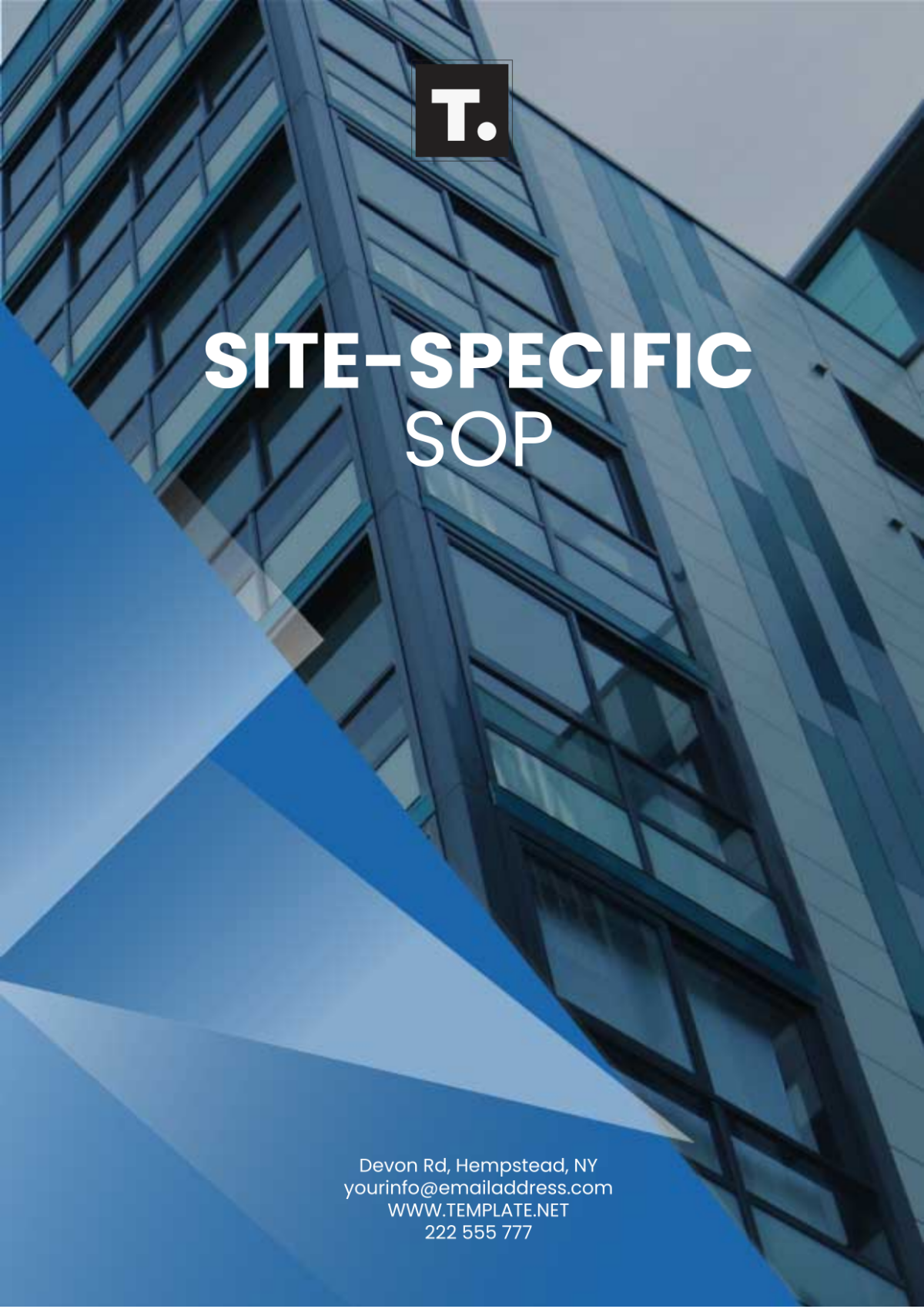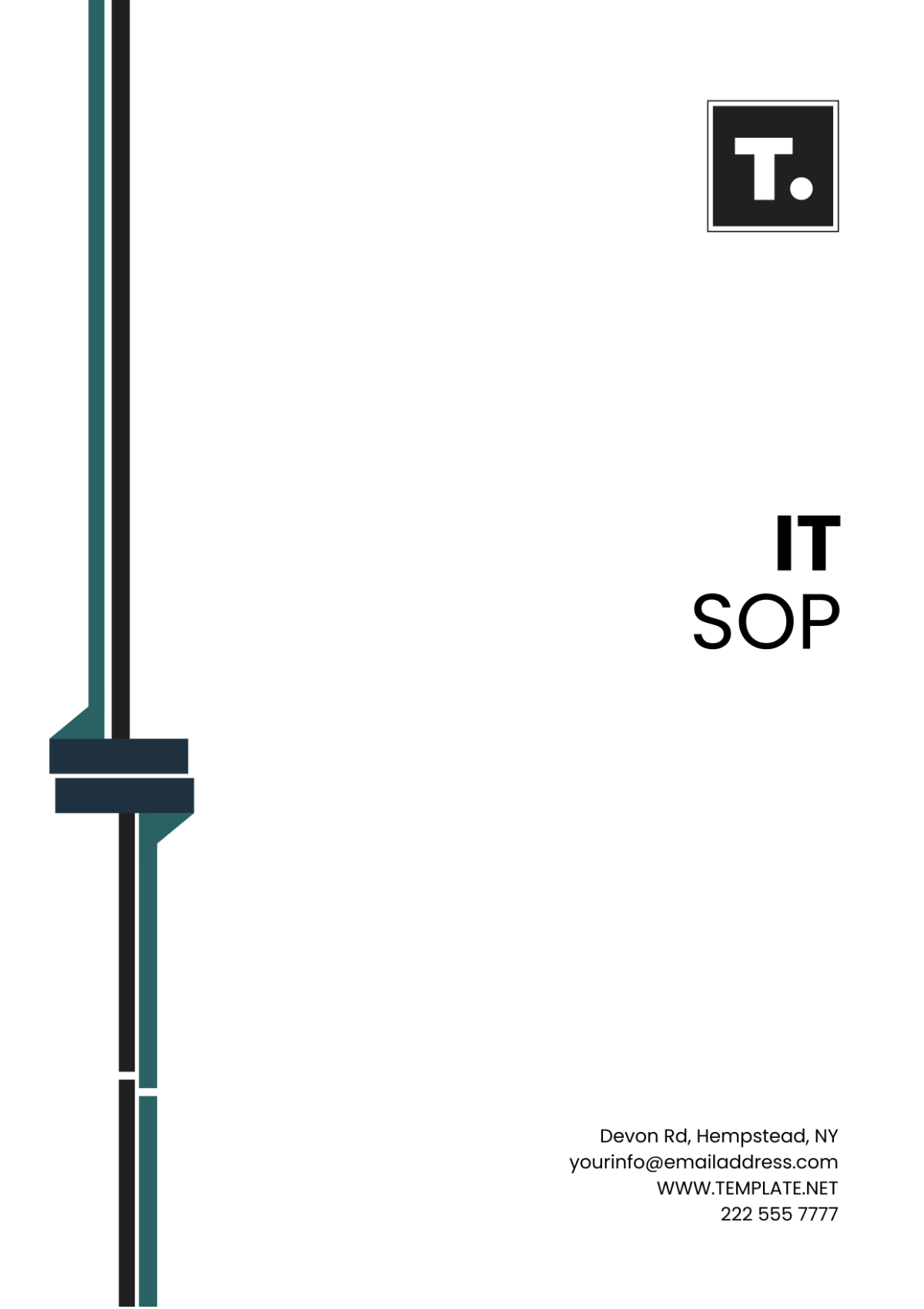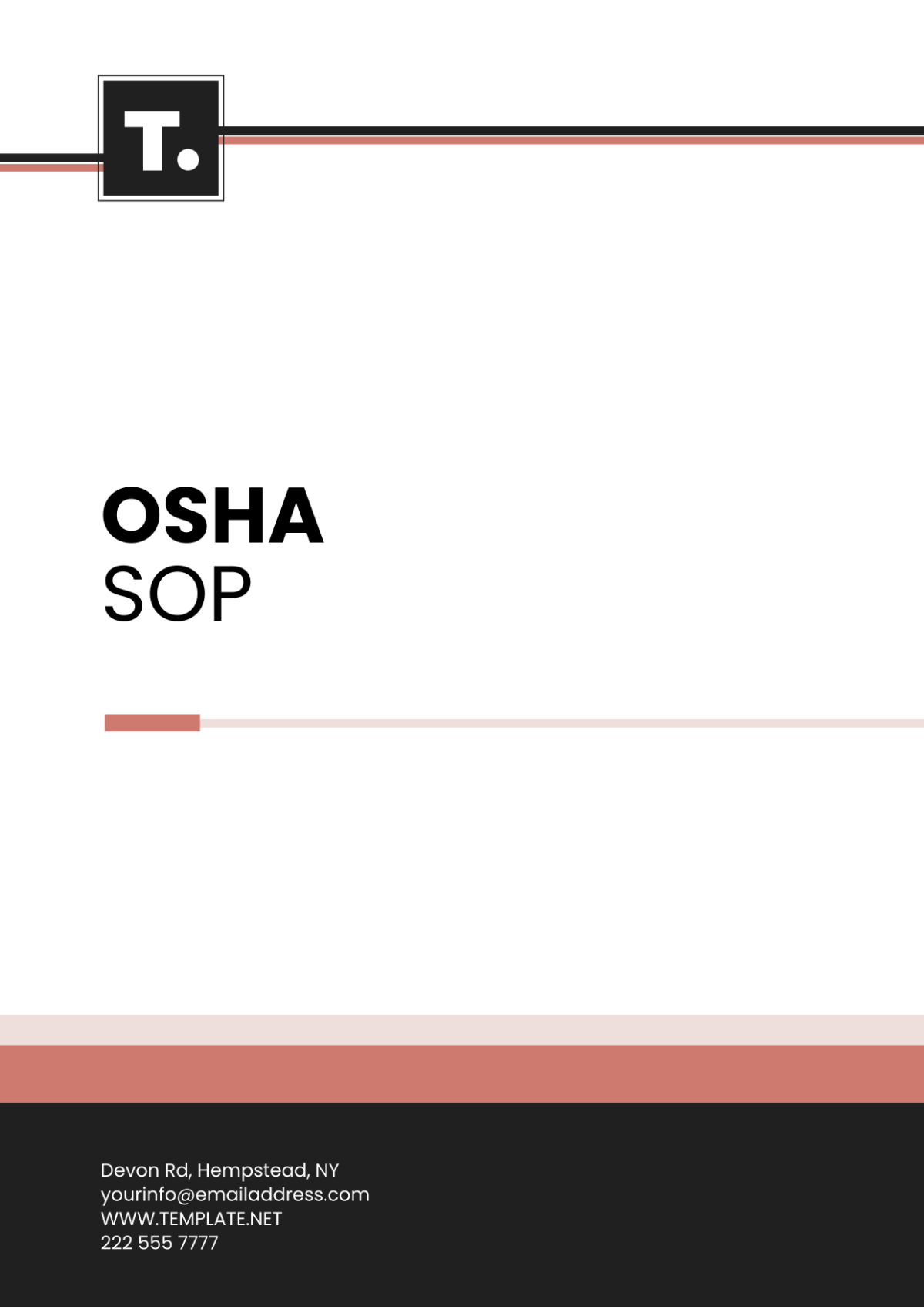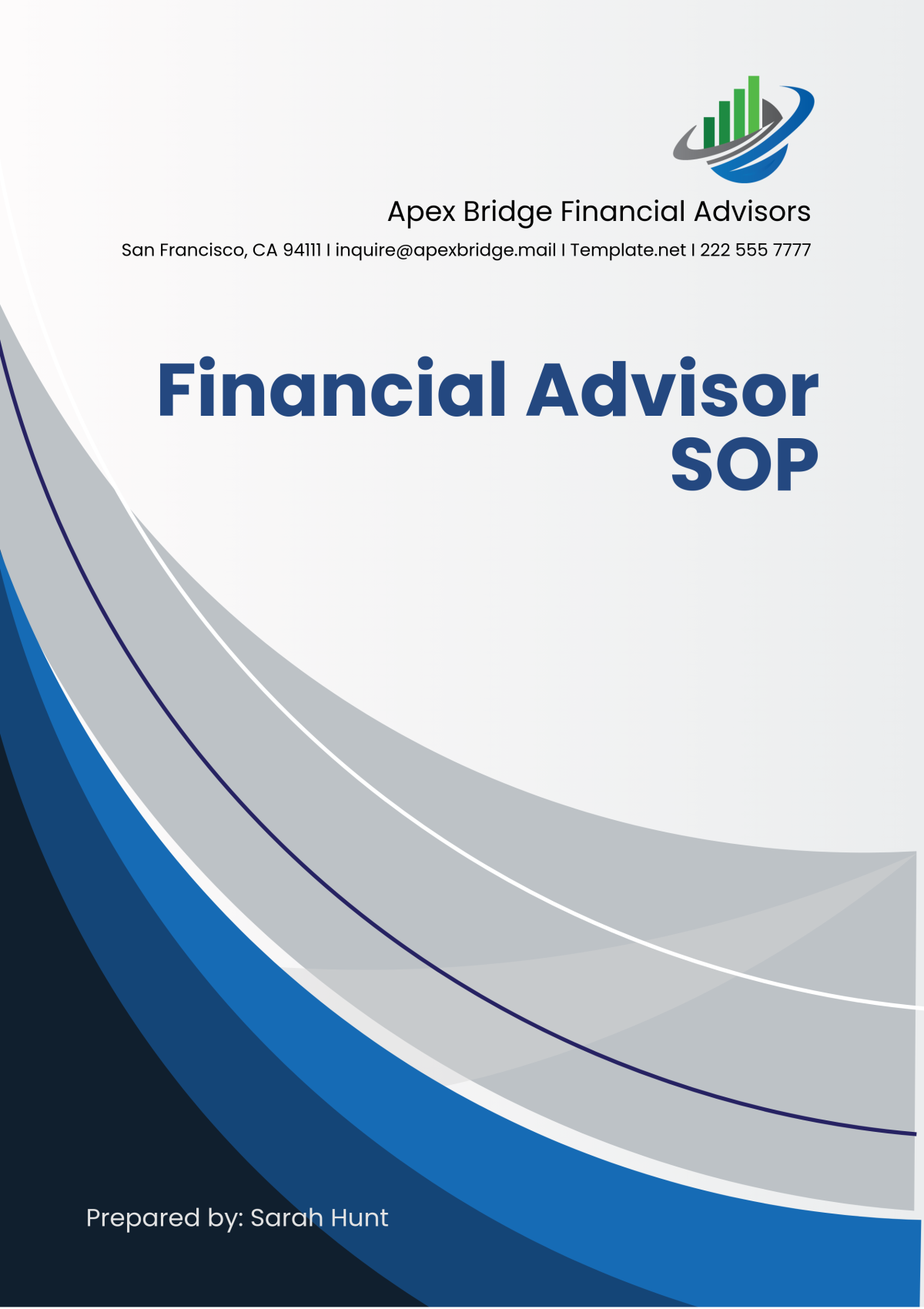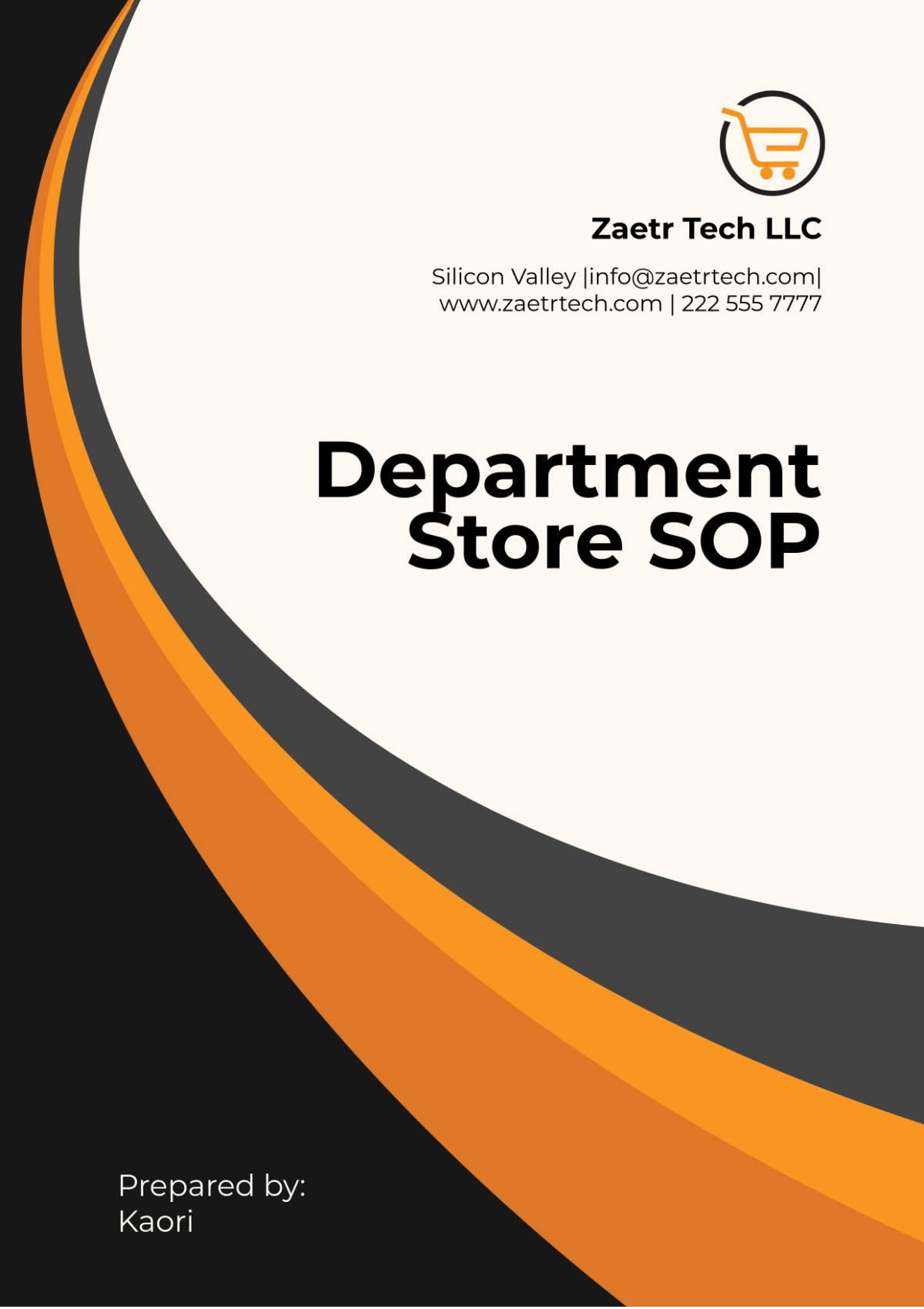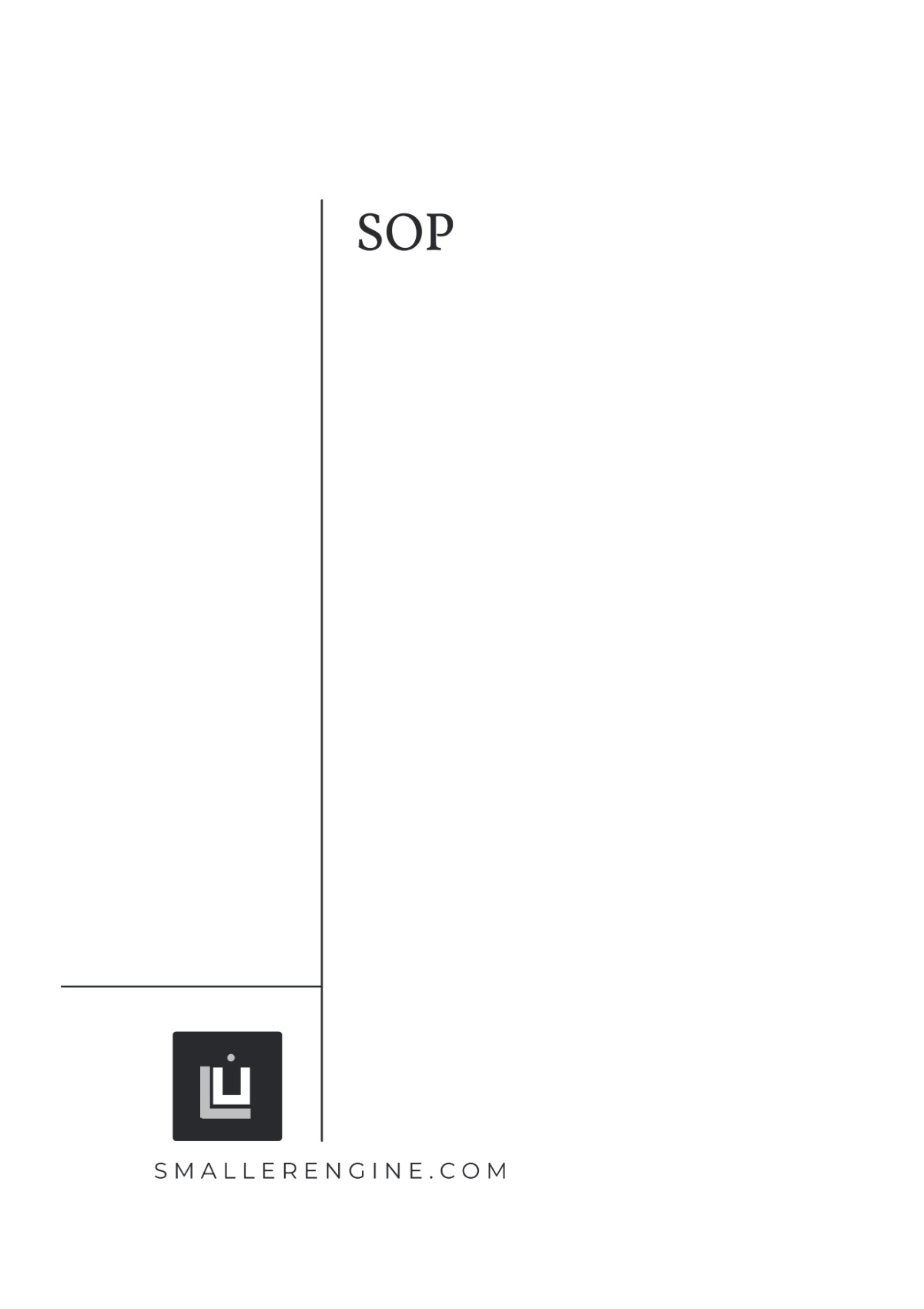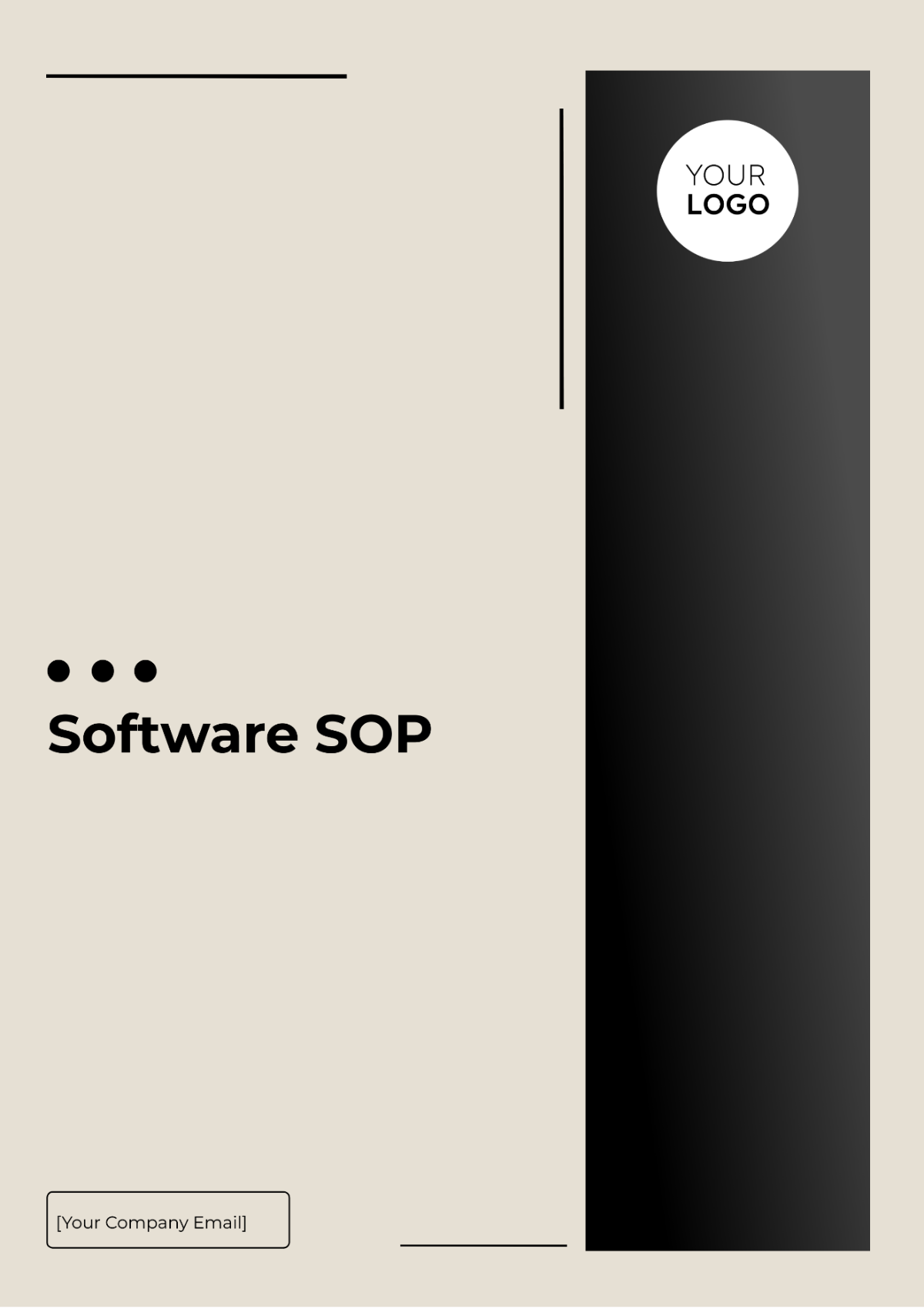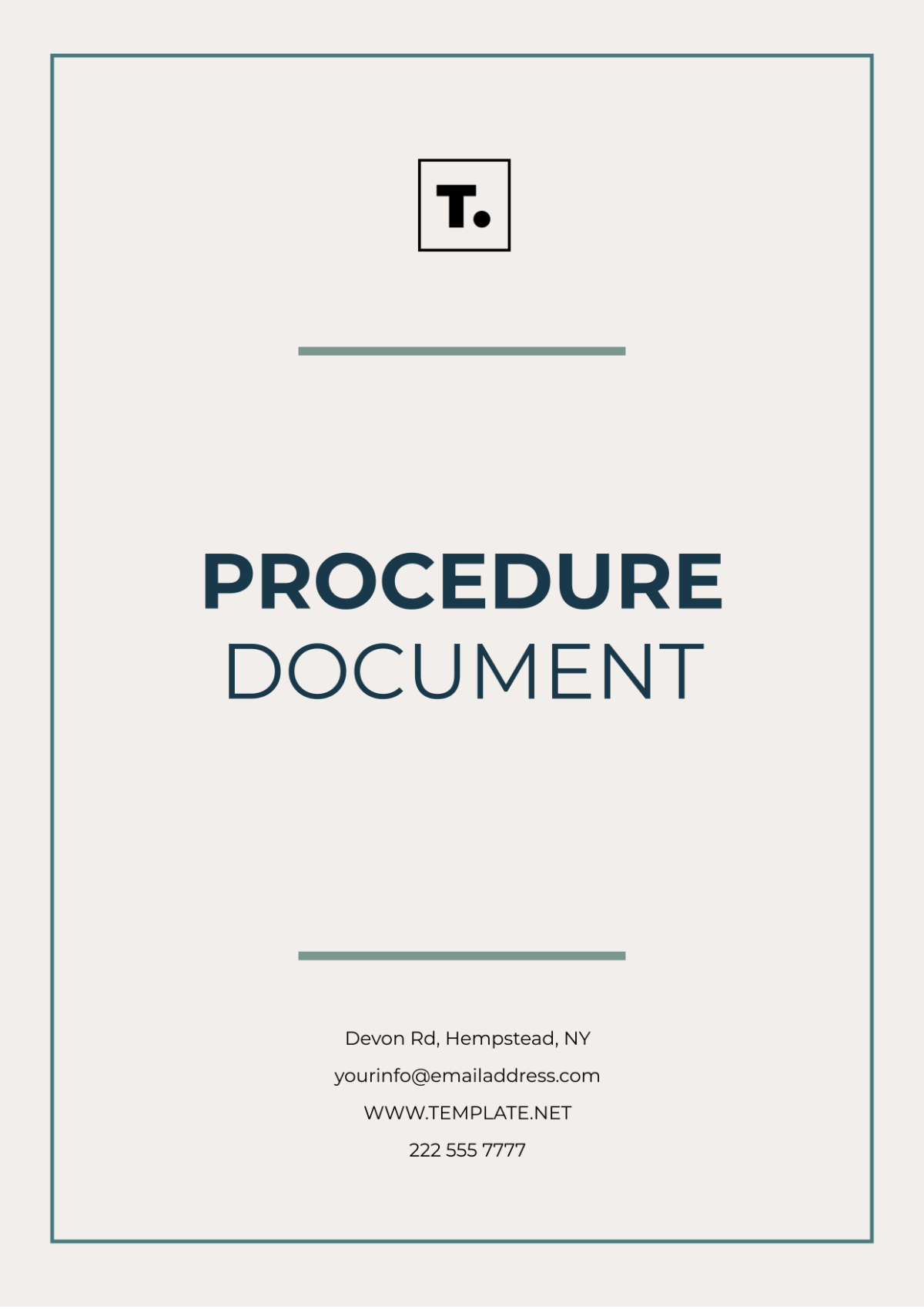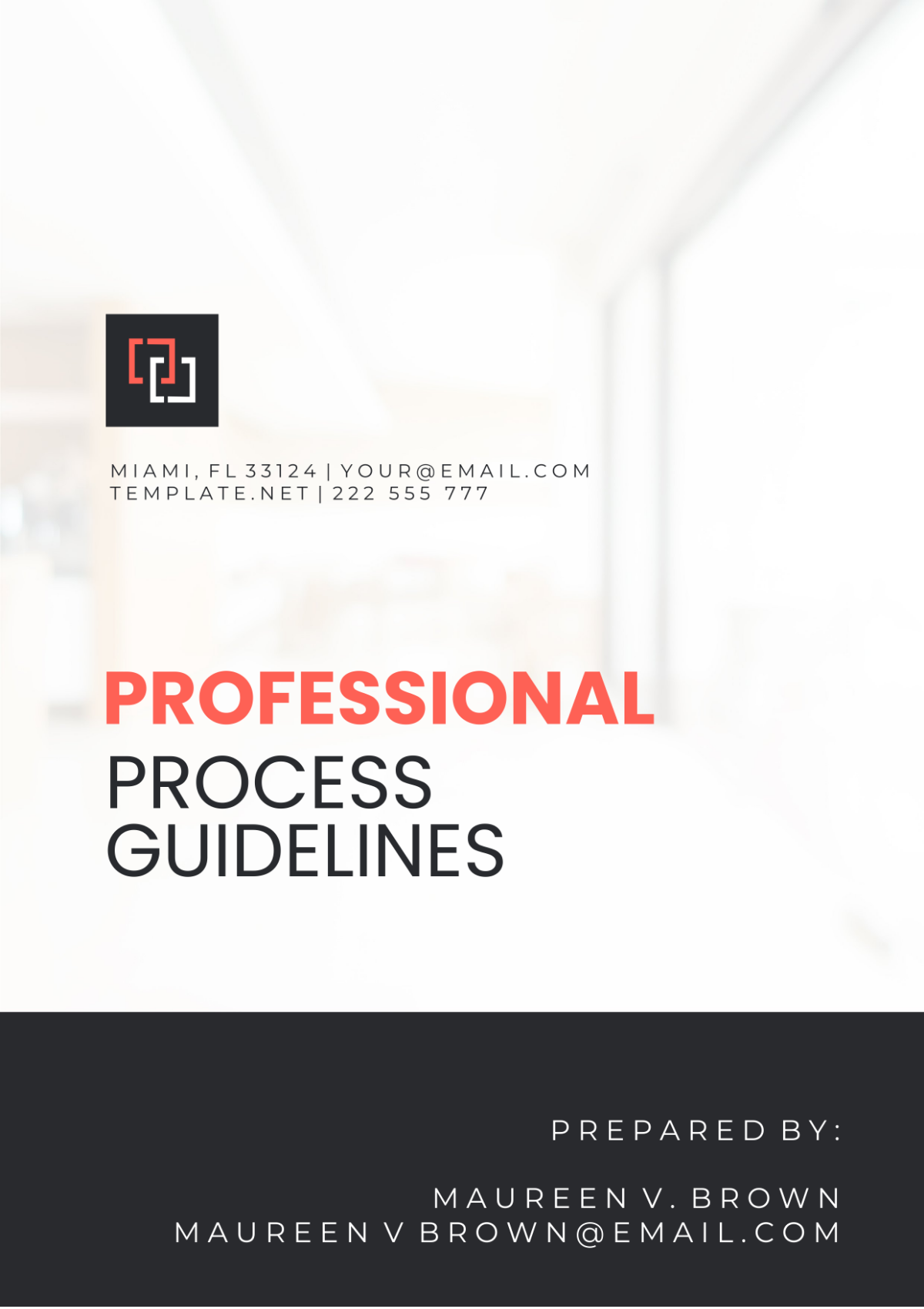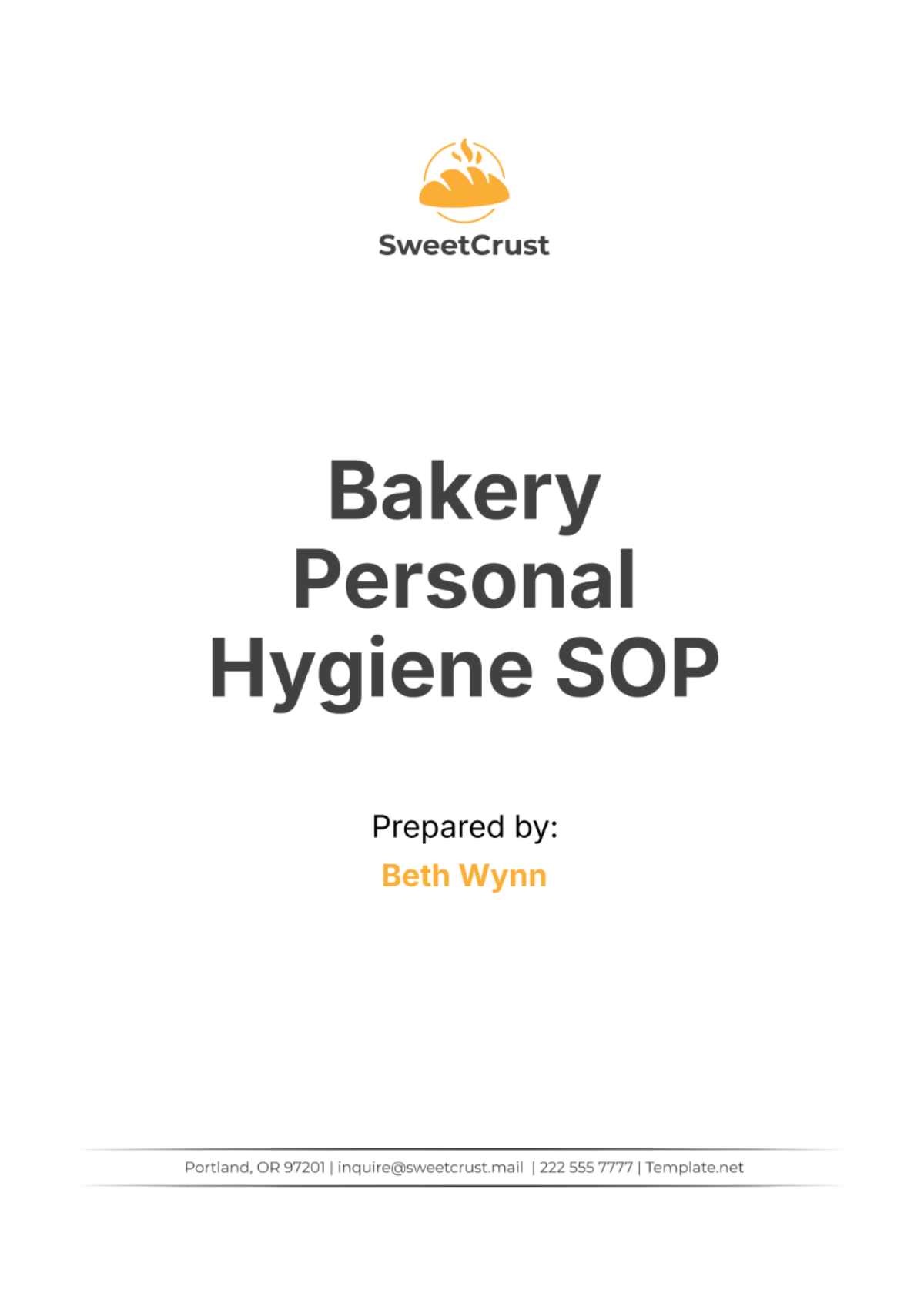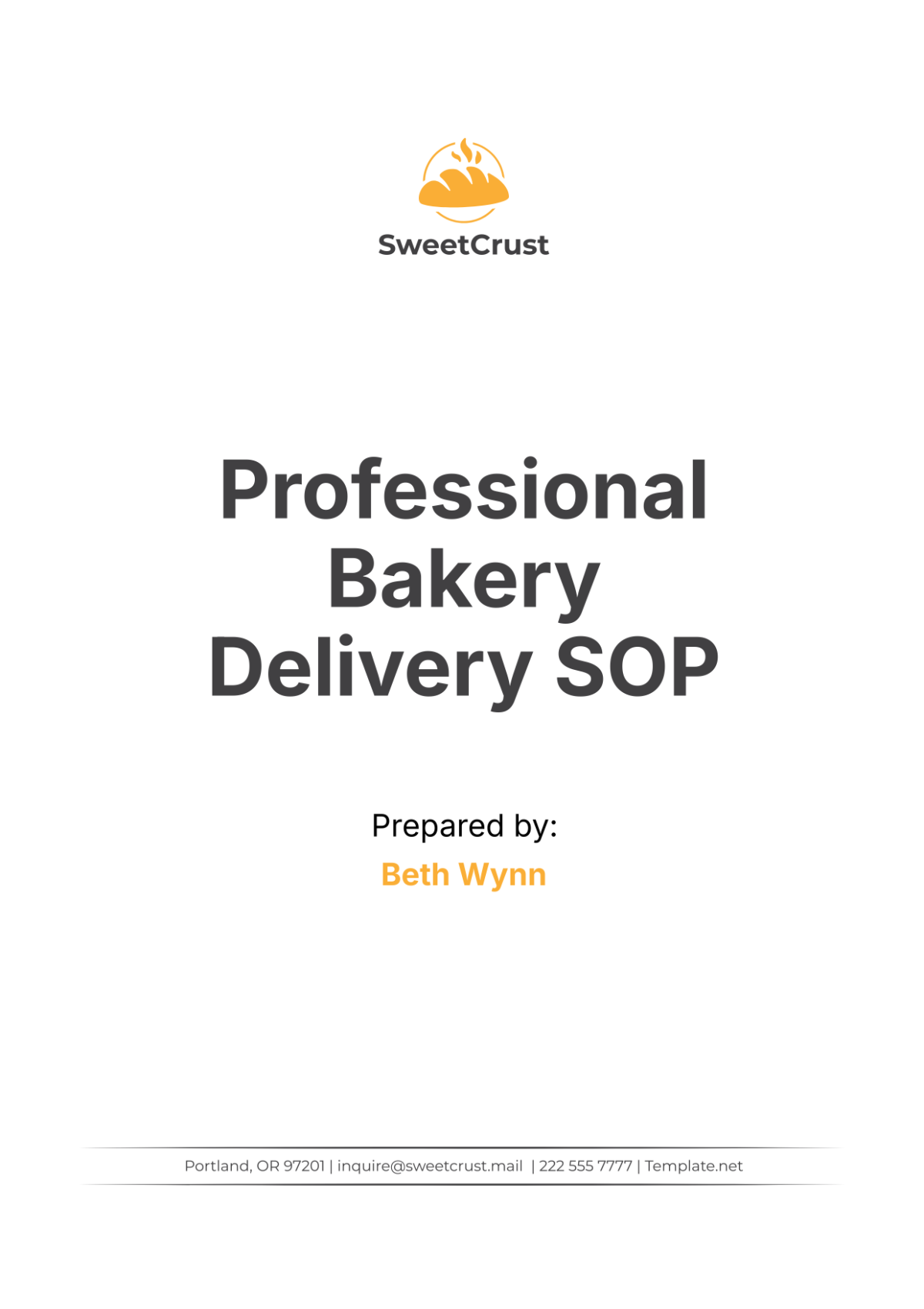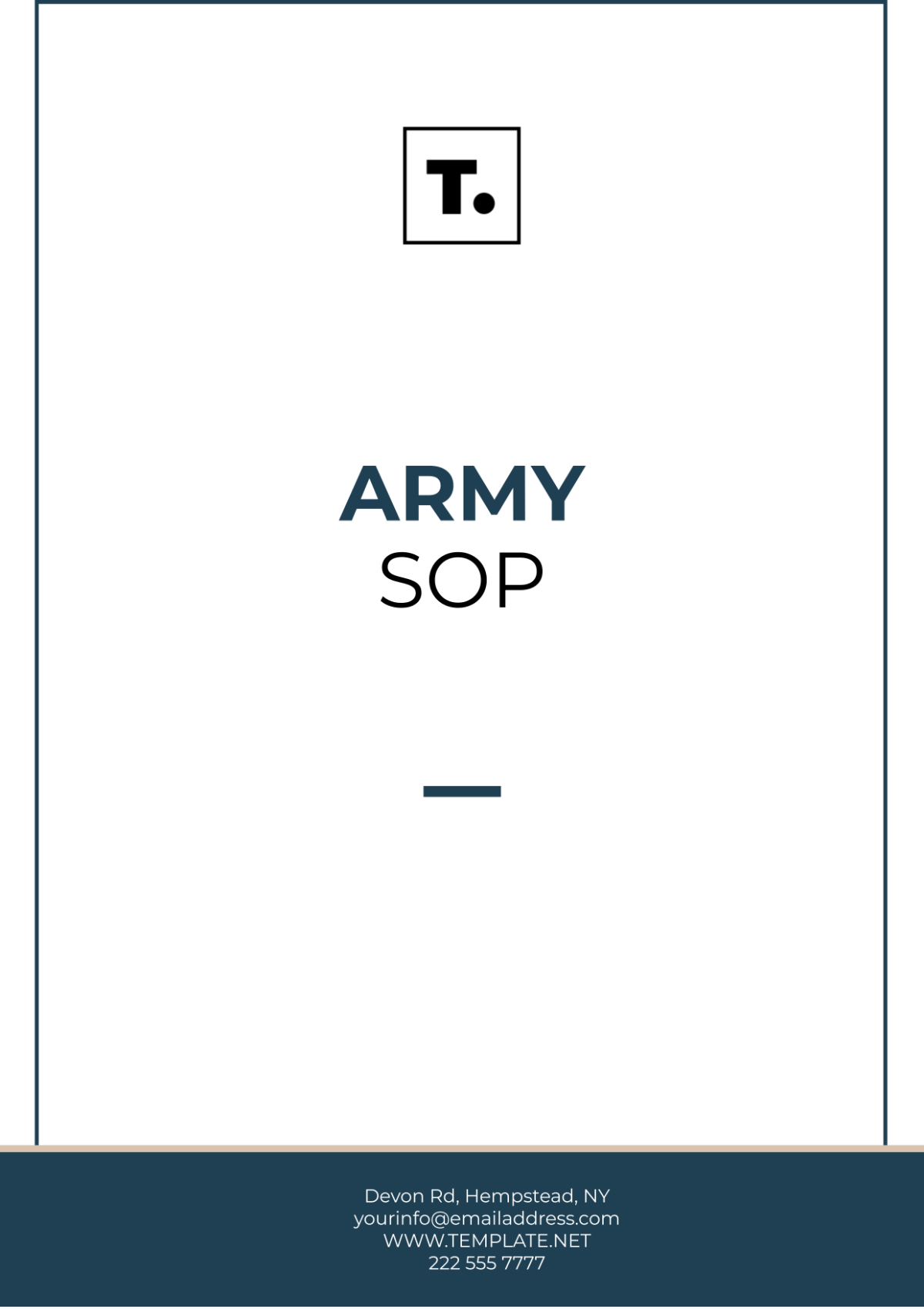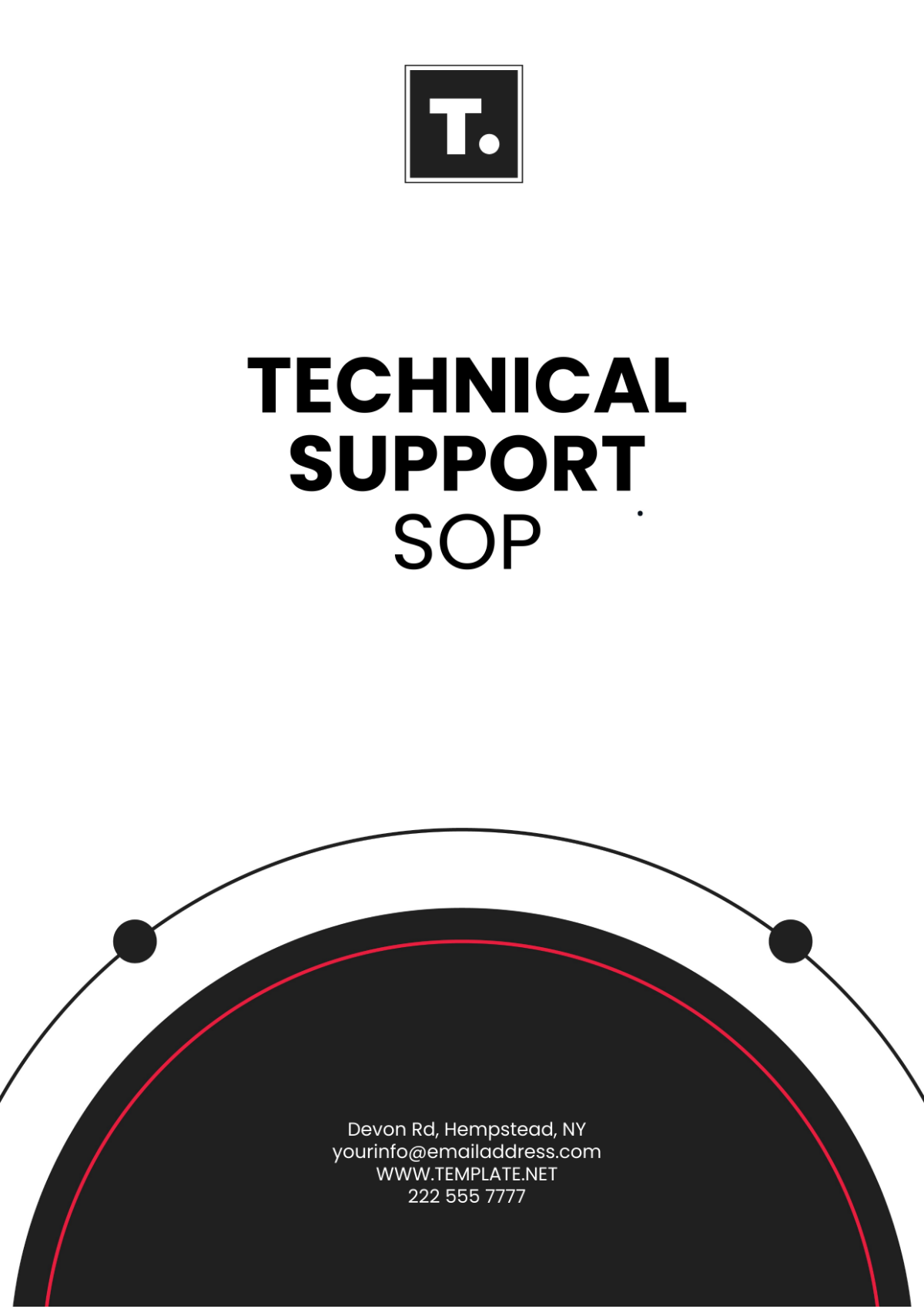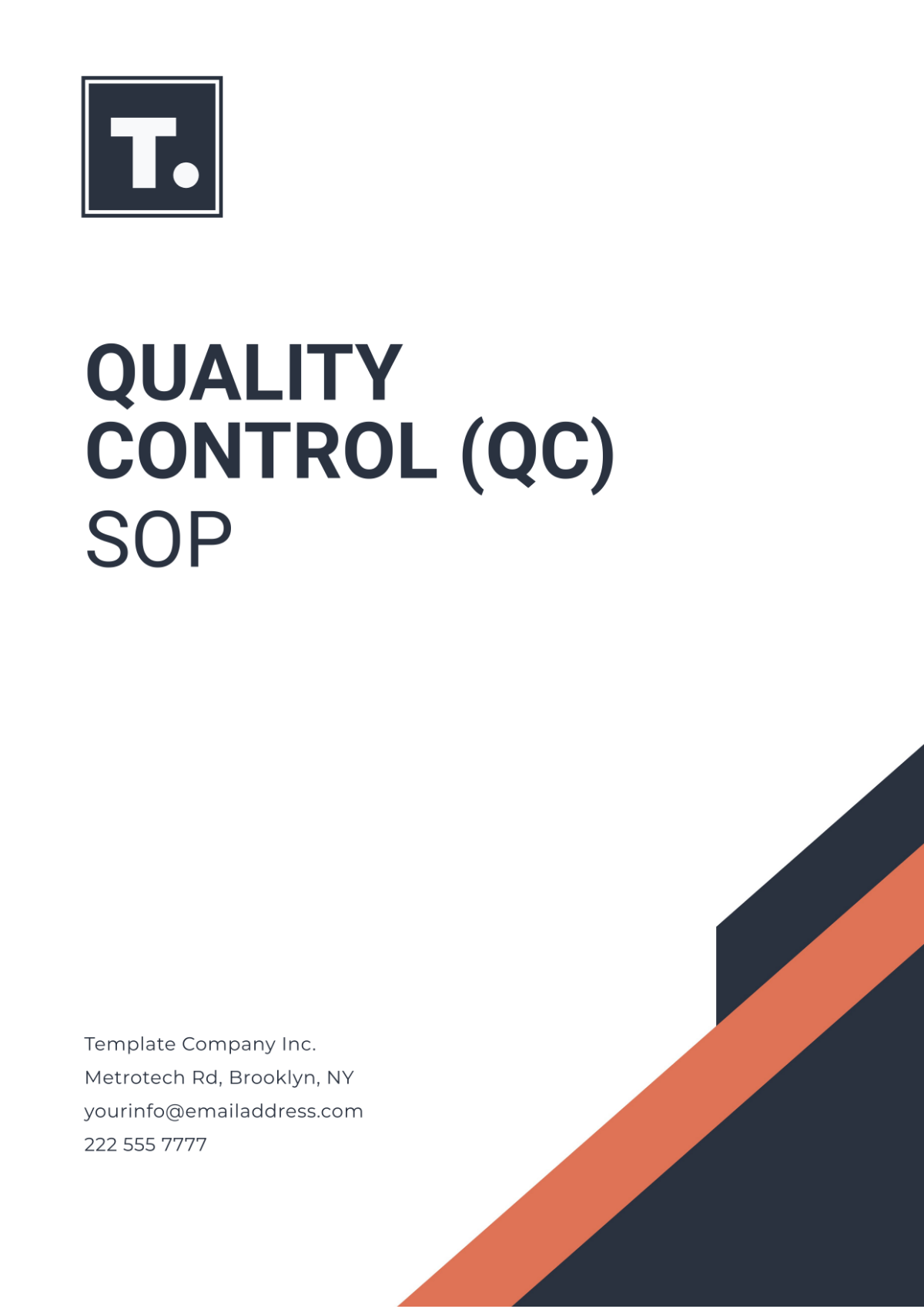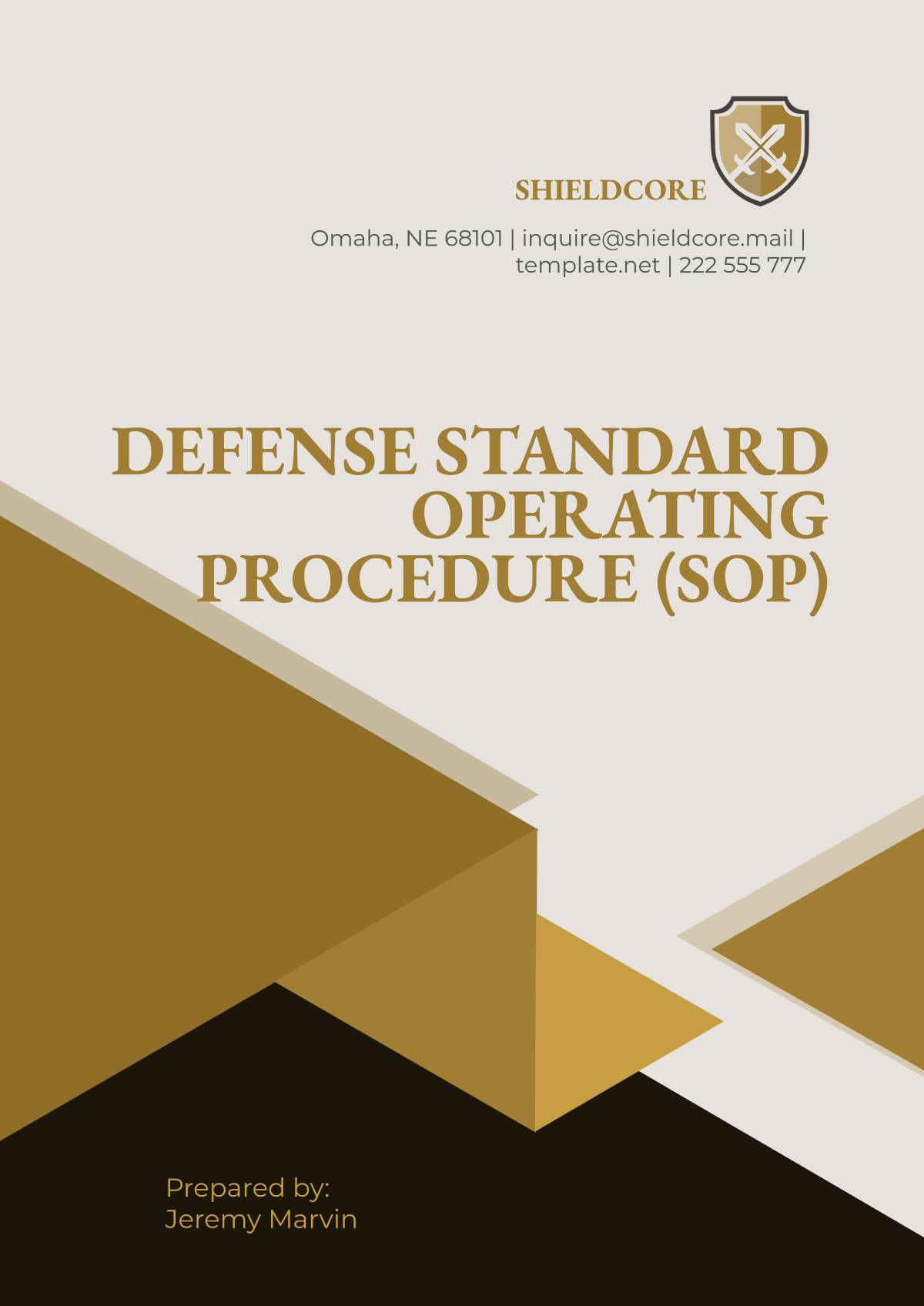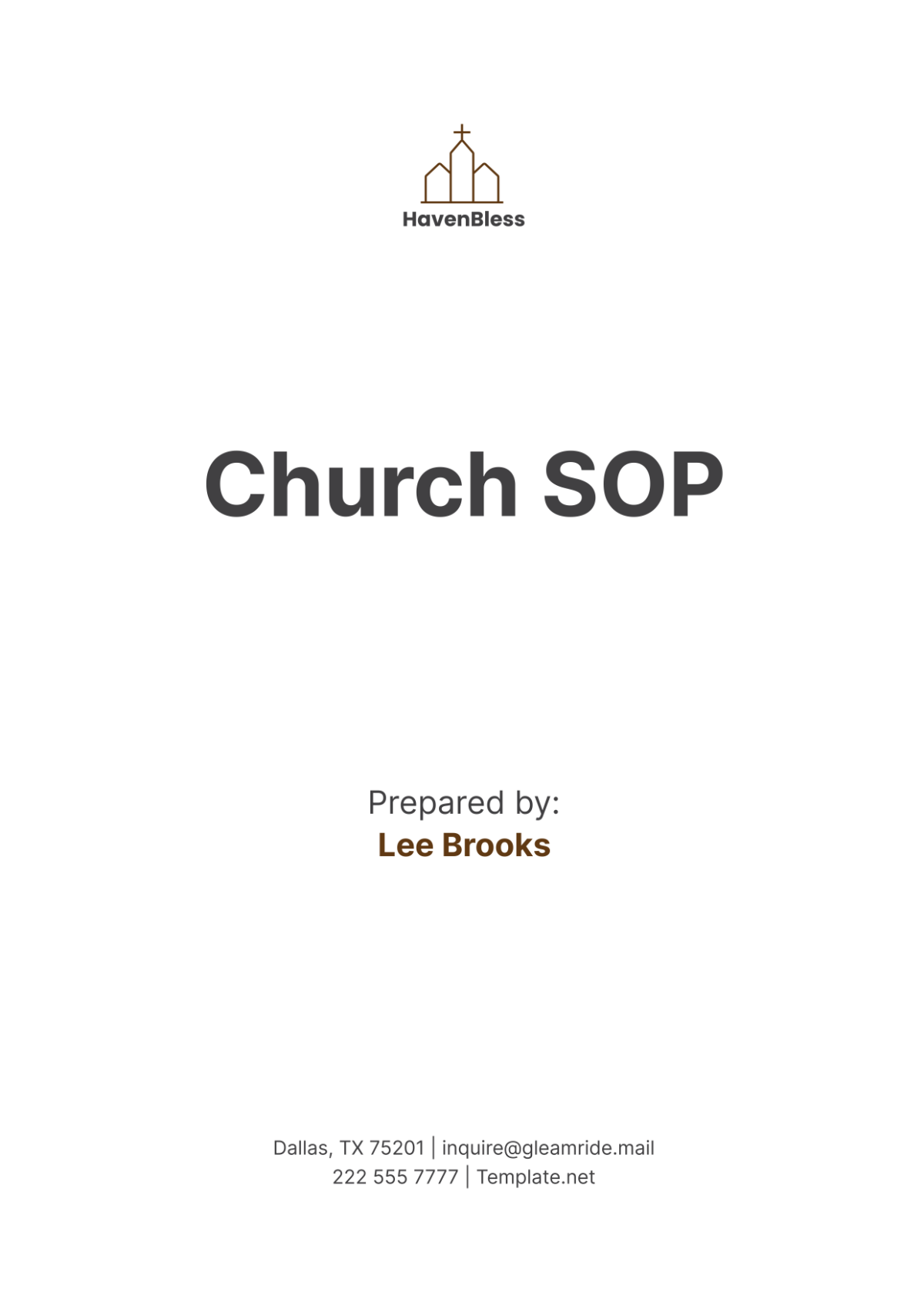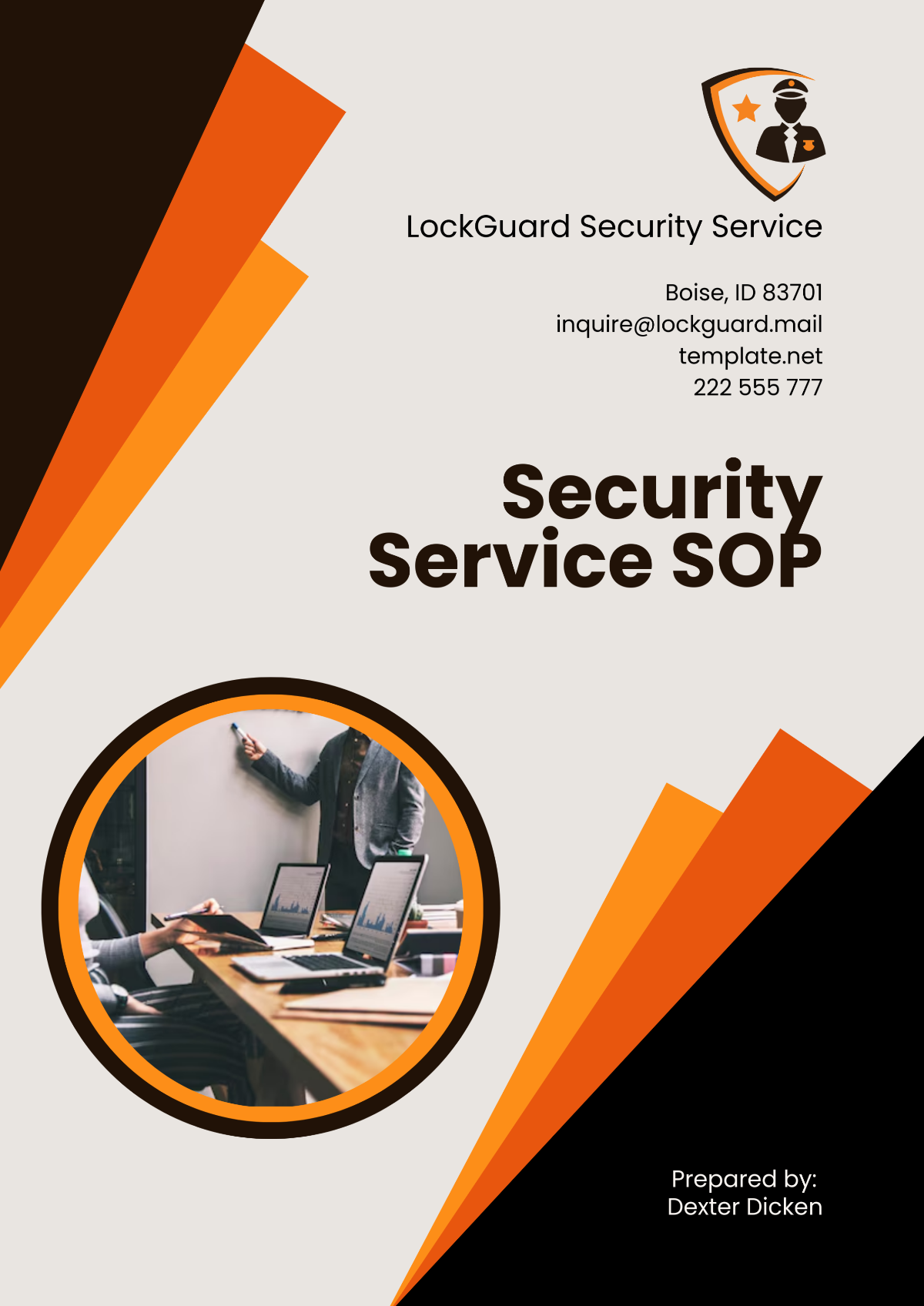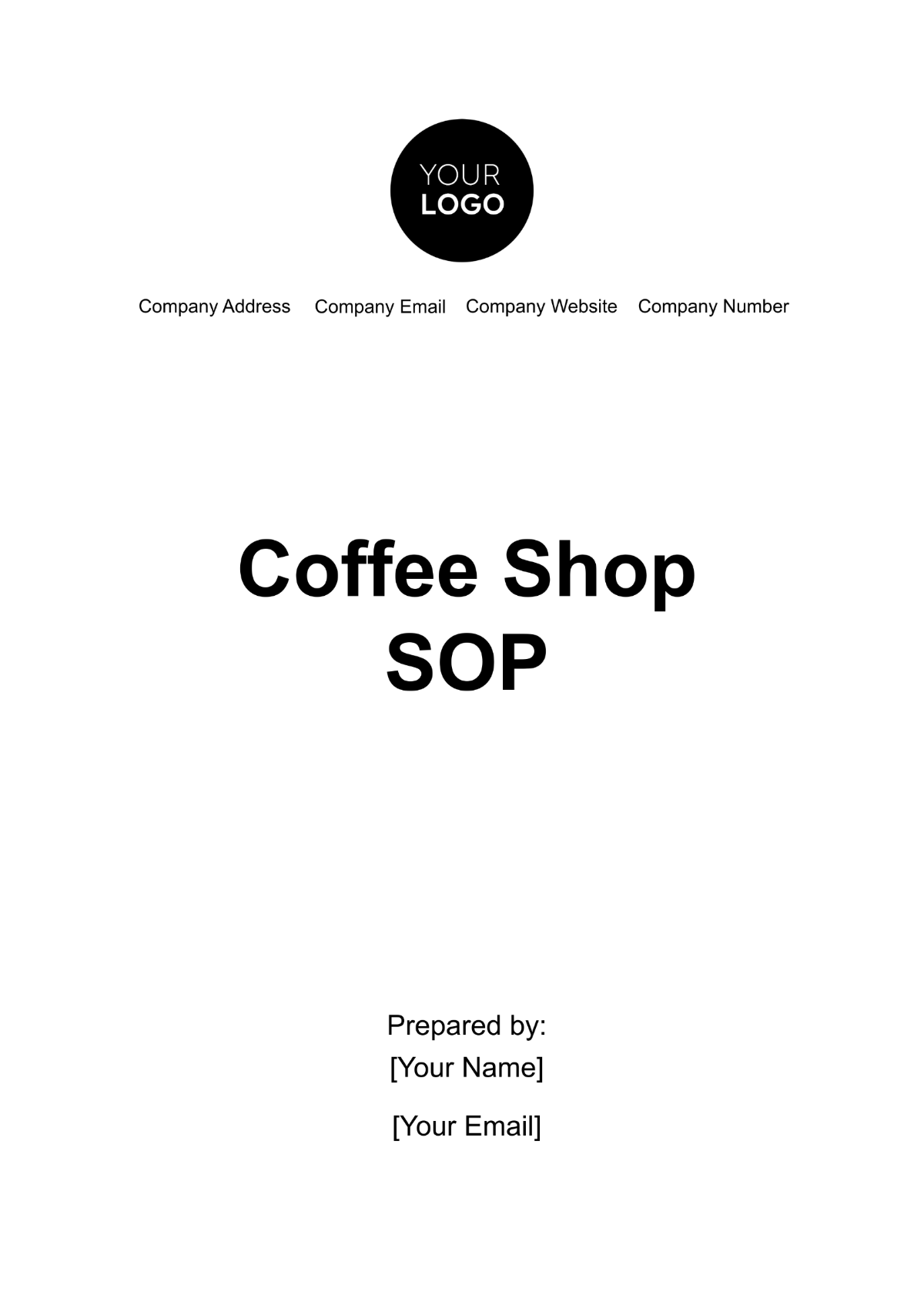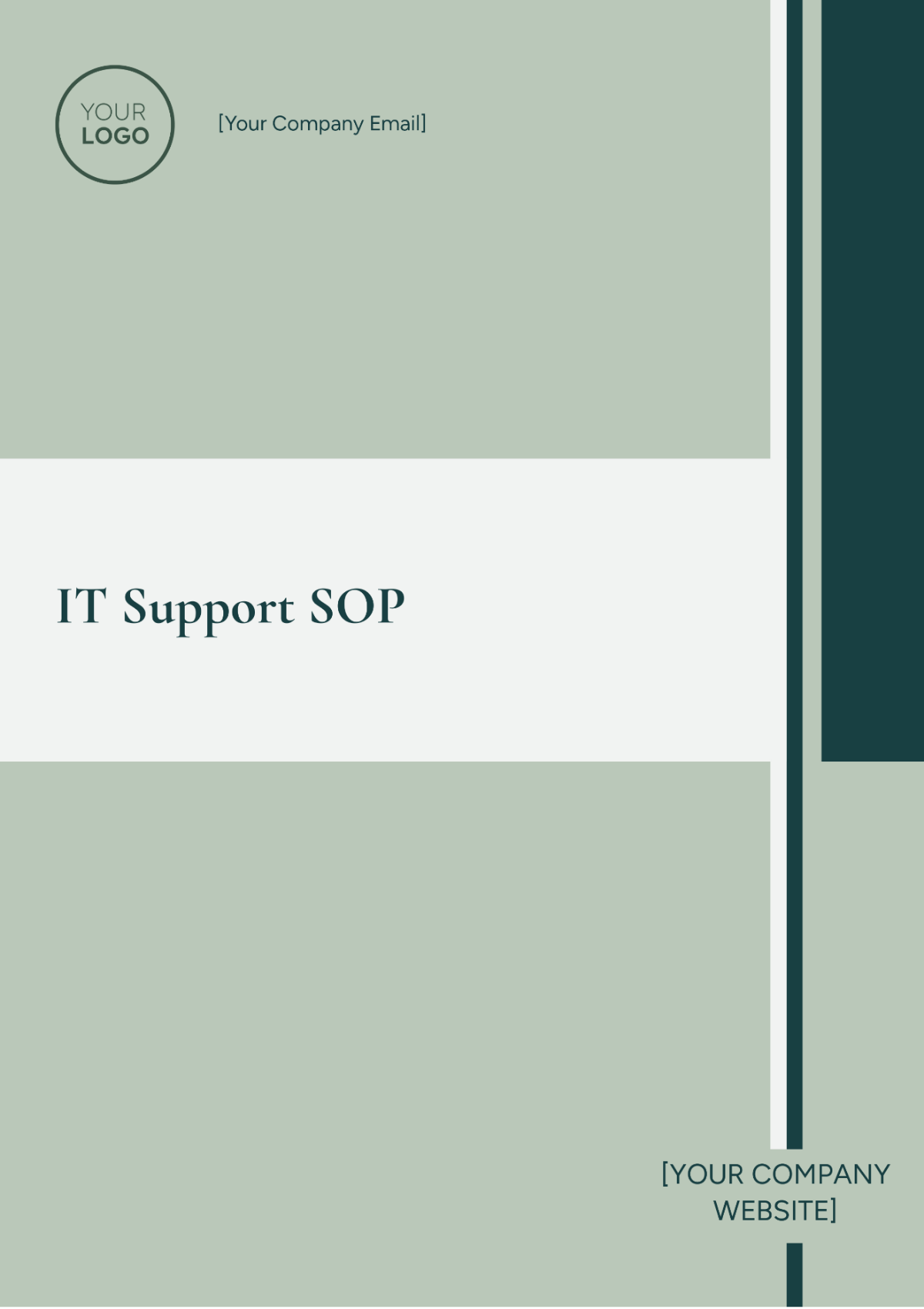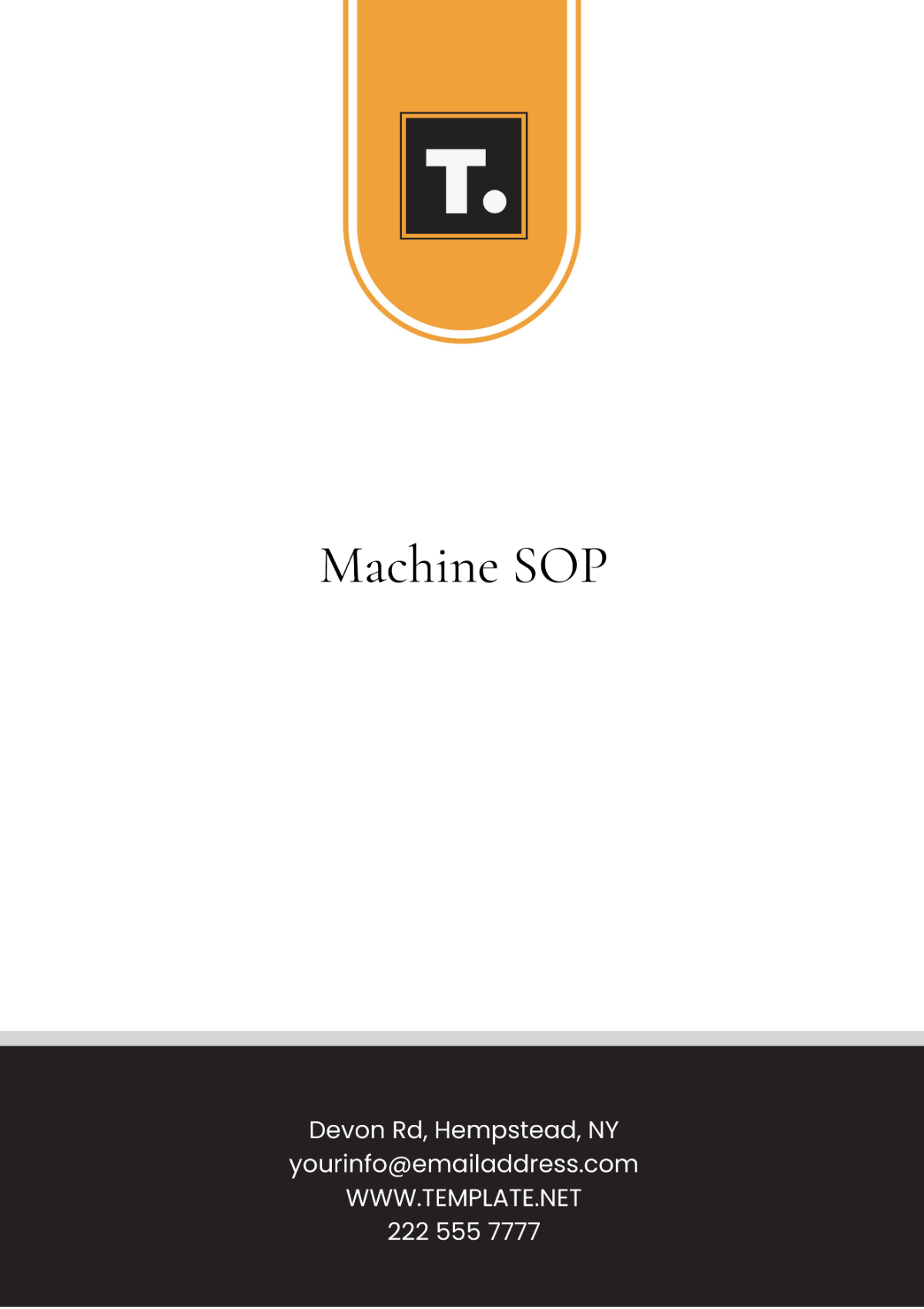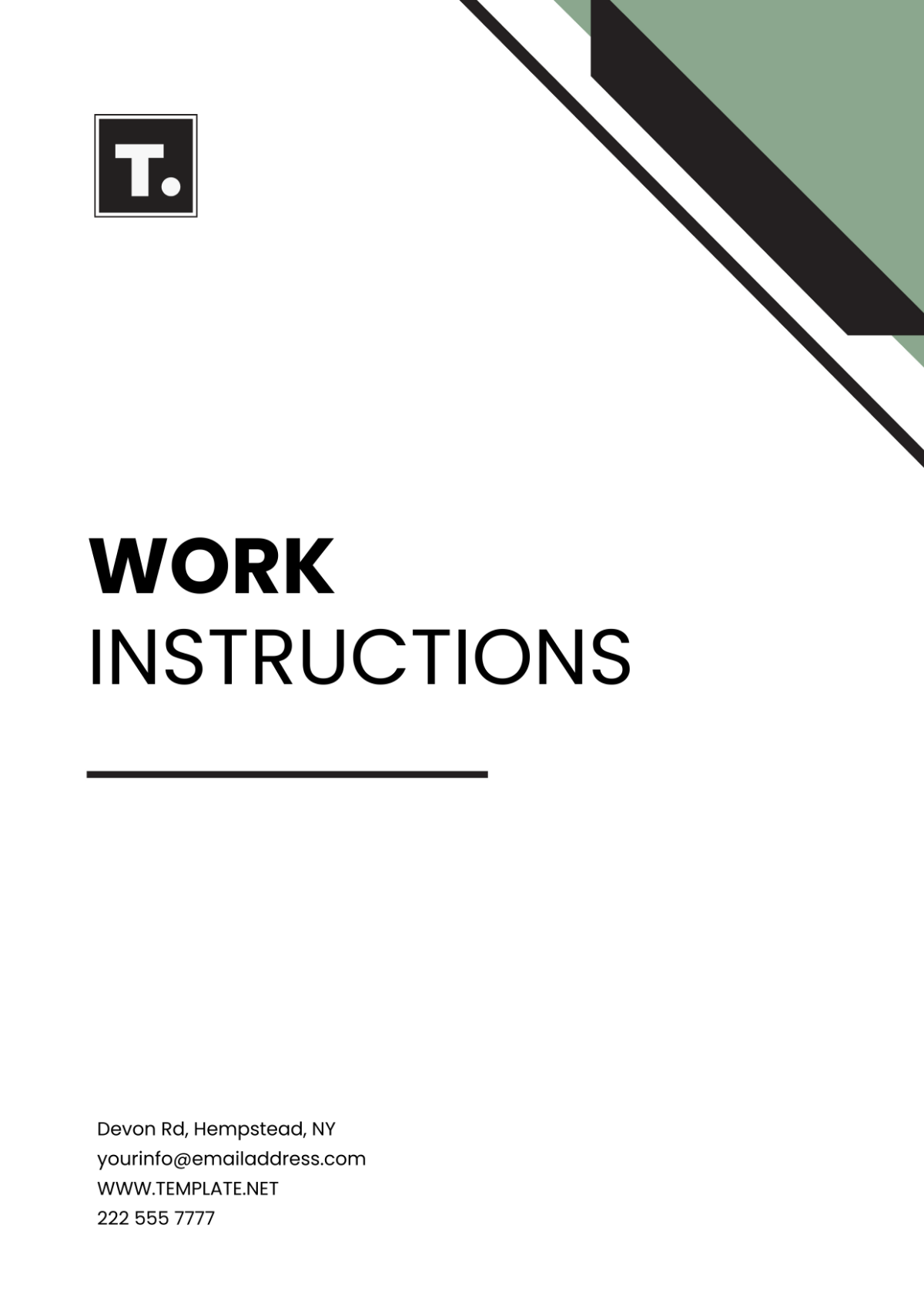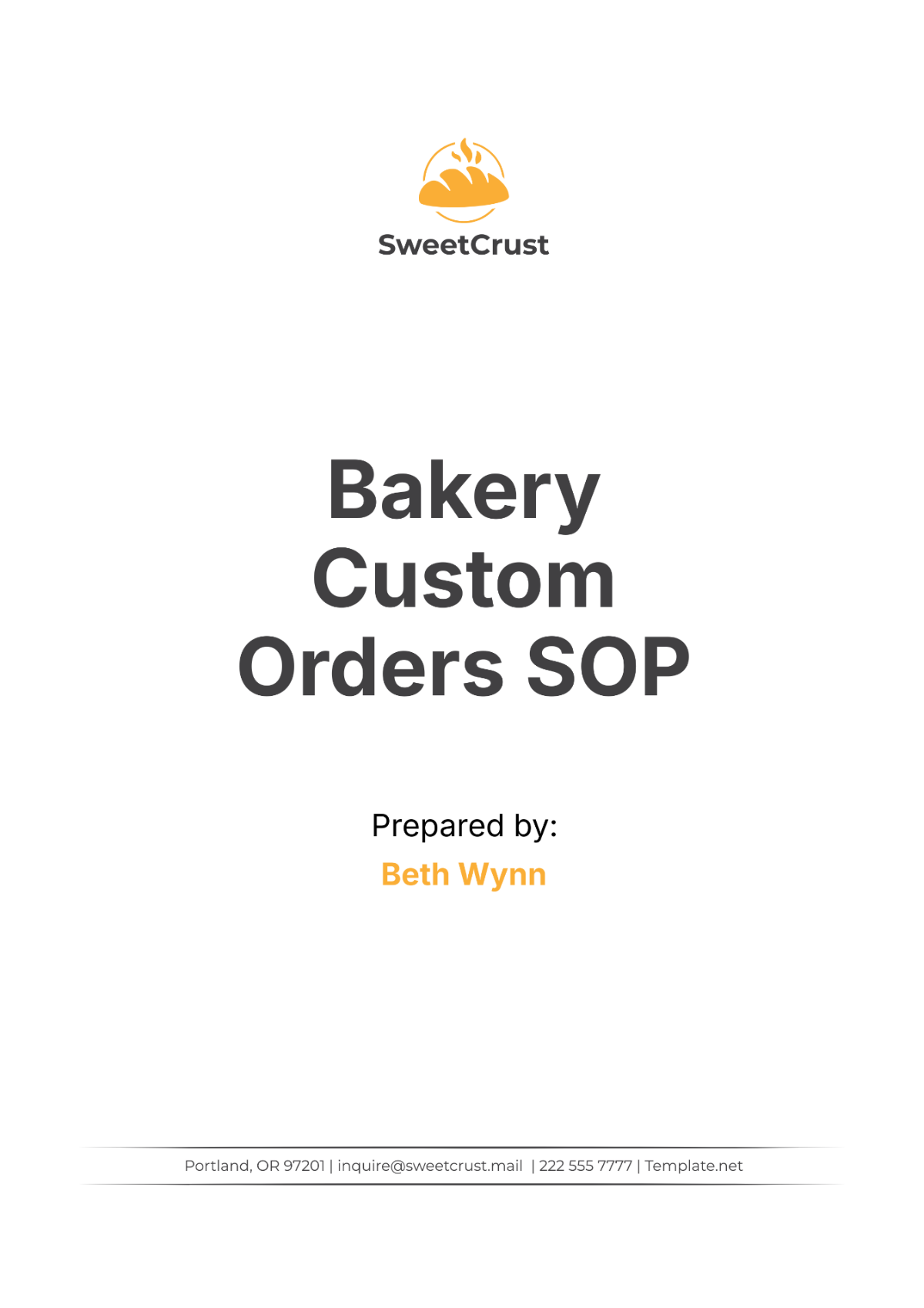Accounting Asset Management SOP
Effective Date: [Month Day, Year]
Review Date: [Month Day, Year]
Prepared by: Finance Department
Purpose
The purpose of this Standard Operating Procedure (SOP) is to establish a comprehensive and standardized approach to the management of our assets throughout their lifecycle. This includes the acquisition, recording, valuation, maintenance, and disposal of assets. By implementing this SOP, we aim to ensure accuracy in financial reporting, enhance the efficiency of asset utilization, and maintain compliance with applicable accounting standards and regulations. This procedure is crucial for safeguarding our assets and optimizing their contribution to our operational success and financial stability.
Scope
This SOP applies to all physical and intangible assets owned and operated by our organization. It is designed to cover the procedures and responsibilities associated with the effective management of these assets, ensuring their proper recording, valuation, and disposal. The scope of this SOP encompasses:
All tangible assets, including but not limited to property, plant, and equipment.
Intangible assets, such as software, patents, and trademarks.
Financial assets, excluding routine accounts receivable and cash holdings.
This SOP is applicable to all departments within our organization, requiring the cooperation and compliance of all employees involved in the management, utilization, and reporting of assets.
Definitions
To ensure clarity and consistency throughout this SOP, the following terms are defined:
Assets: Resources controlled by our organization as a result of past events and from which future economic benefits are expected to flow to the organization.
Depreciation: The systematic allocation of the depreciable amount of an asset over its useful life, reflecting the consumption of the asset’s economic benefits.
Net Book Value (NBV): The amount at which an asset is recognized in the balance sheet, calculated as the asset's cost minus any accumulated depreciation and accumulated impairment losses.
Disposal: The process of removing an asset from the active records of the organization, which may involve sale, recycling, donation, or scrapping of the asset.
Accumulated Depreciation: The total depreciation that has been recorded against an asset over its life to date.
Useful Life: The period over which an asset is expected to be available for use by the organization, or the number of production or similar units expected to be obtained from the asset by the organization.
Roles and Responsibilities
Effective asset management requires the collaboration and coordination of various roles within our organization. Each role has specific responsibilities to ensure that assets are efficiently managed throughout their lifecycle, from acquisition to disposal. The table below outlines the key roles and their respective responsibilities in the asset management process.
Role | Responsibilities |
Finance Department | Oversee the asset register, manage depreciation schedules, approve disposals, and ensure compliance with financial reporting standards. |
Department Heads | Ensure the proper use, maintenance, and reporting of assets within their departments. Report any asset disposals or reclassifications to the Finance Department. |
Asset Manager | Coordinate asset acquisitions, disposals, and inventory audits. Act as the primary contact for asset lifecycle management issues. |
IT Department | Manage IT and software assets, including licenses and renewals. Ensure secure disposal of electronic assets. |
Asset Lifecycle Management
Asset lifecycle management encompasses all stages of an asset's life, from its initial acquisition to its final disposal. This process is critical for maximizing the utility and financial value of assets while ensuring accurate accounting and reporting. The lifecycle management of assets includes acquisition, identification and tagging, recording and classification, maintenance, depreciation, verification and reconciliation, and disposal.
1. Acquisition
The acquisition of assets is the first step in the asset lifecycle. This process must be managed carefully to ensure that assets are acquired in a cost-effective manner and meet the organization's operational needs.
Approval Process: All asset purchases must first be approved by the relevant department head and then by the Finance Department to ensure alignment with budget and strategic needs.
Purchasing: Following approval, the purchasing department initiates the acquisition process, negotiating terms and ensuring the best value for money.
Receiving and Inspection: Upon receipt, assets are inspected for quality and compliance with purchase specifications.
Recording in the Asset Register: Once accepted, the asset details are recorded in the asset register, including description, cost, location, and classification.
2. Identification and Tagging
Proper identification and tagging of assets are crucial for tracking and managing assets throughout their lifecycle.
Assignment of Asset ID: Each asset is assigned a unique identification number upon entry into the asset register.
Tagging: Physical assets are tagged with their identification number and, where applicable, a barcode or QR code for easy scanning and tracking.
Record Keeping: The details of the tagging, including the asset ID and location, are updated in the asset register to facilitate asset tracking and management.
3. Recording and Classification
Once an asset is acquired and tagged, it must be properly recorded and classified in the asset register. This step is critical for maintaining an accurate and comprehensive record of all assets, which is essential for financial reporting, operational management, and compliance purposes.
Recording Instructions
Asset Description: Provide a detailed description of the asset, including make, model, and specifications.
Asset ID: Record the unique identification number assigned during the tagging process.
Acquisition Date: The date when the asset was received and put into use.
Cost: The purchase price of the asset, including any related expenses such as installation or delivery fees.
Location: The physical location of the asset within the organization.
Classification: Assets should be classified according to their type to facilitate management and reporting.
Asset Type Definitions
Type | Definition |
Fixed Assets | Long-term assets used in the operation of the business, such as machinery, equipment, and buildings. |
Intangible Assets | Non-physical assets, including software, patents, and trademarks. |
Current Assets | Assets expected to be converted into cash within one year, excluding inventory and accounts receivable. |
4. Depreciation
Depreciation reflects the consumption of an asset's economic benefits over its useful life. It is a critical process for allocating the cost of tangible assets to periods in which the assets are used, ensuring accurate financial statements.
Method | Description | Schedule |
Straight-Line | Distributes the cost of an asset evenly over its useful life. | Annually, based on the asset's useful life. |
Declining Balance | Accelerates depreciation expense in the earlier years, decreasing over the asset's life. | Annually, with a higher rate applied in the first years. |
Units of Production | Based on the asset's usage, activity, or units produced, rather than time. | As incurred, depending on usage or production levels. |
5. Maintenance
Regular maintenance and inspection of assets are essential to ensure their operational efficiency and extend their useful life. Properly maintained assets contribute to the organization's productivity and financial health.
Scheduled Maintenance: Establish and follow a maintenance schedule for each asset, based on the manufacturer's recommendations or industry standards.
Inspection Records: Keep detailed records of inspections and maintenance activities, including dates, findings, and any corrective actions taken.
Responsibility: Assign maintenance responsibilities to specific individuals or departments to ensure accountability.
Budgeting: Allocate a budget for regular maintenance and unexpected repairs to minimize operational disruptions.
6. Disposal
The disposal of assets is the final stage in the asset lifecycle. Effective management of this process is crucial to minimize losses and ensure legal and environmental compliance.
Review and Decision: Regularly review asset performance and condition to decide on disposal. Criteria include end of useful life, obsolescence, or excessive cost to maintain.
Determine Disposal Method: Choose an appropriate disposal method based on the asset type and condition. Options include sale, recycling, donation, or scrapping.
Calculate Gain or Loss: Determine the financial impact of the disposal by calculating any gain or loss. This involves comparing the sale proceeds (if any) to the asset's net book value.
Approval Process: Obtain necessary approvals from the Finance Department and relevant department heads.
Update Asset Register: Remove the disposed asset from the asset register and record the details of the disposal, including the date, method, and financial impact.
Documentation and Records
Maintaining comprehensive documentation and records is essential for effective asset management. These documents support the accuracy of financial reporting, facilitate asset tracking, and provide evidence for audits.
Document Type | Description |
Purchase Orders | Official orders issued for the acquisition of assets, detailing the asset specifications and agreed price. |
Warranty Information | Documents specifying the warranty terms, including coverage period and conditions. |
Maintenance Records | Records of all maintenance activities performed on assets, including dates, actions taken, and costs. |
Disposal Documentation | Documentation of the disposal process, including method, authorization, and financial impact (gain or loss). |
Reporting
Accurate and timely reporting on assets is critical for internal decision-making and compliance with external regulatory requirements. Reporting ensures stakeholders are informed about the organization's asset base, its value, and changes over time due to acquisitions, depreciation, and disposals.
Depreciation Reports: Generate annual depreciation reports detailing the depreciation expense for each asset, cumulative depreciation, and the net book value of assets.
Asset Register Updates: Regularly update the asset register to reflect new acquisitions, disposals, revaluations, and adjustments. Provide quarterly updates to management to support strategic decision-making.
Disposal Reports: Prepare detailed reports on disposed assets, including the method of disposal, financial impact, and rationale. These reports are crucial for audit purposes and financial analysis.
External Reporting: Ensure compliance with external reporting requirements, including financial statements and tax filings, which must accurately reflect the value and changes in the asset base.
These reporting practices contribute to financial transparency and support the strategic management of assets.
Review and Update of SOP
The Asset Management Standard Operating Procedure (SOP) is a living document that requires regular review and updates to ensure it remains effective and relevant to the organization's needs and external regulatory changes.
Annual Review: Schedule an annual review of the SOP to assess its effectiveness and relevance. This review should involve key stakeholders from the Finance Department, Asset Management, and Department Heads.
Feedback Collection: Collect feedback from users of the SOP throughout the year to identify areas for improvement or clarification.
Regulatory Compliance: Monitor changes in accounting standards and regulatory requirements to ensure the SOP aligns with current practices and laws.
Update Process: Incorporate necessary changes into the SOP, including adjustments to procedures, roles, and responsibilities. Document the rationale for significant changes.
Approval and Communication: Obtain approval for the updated SOP from senior management. Communicate changes to all relevant parties, ensuring they understand the new procedures and requirements.
Training: Provide training or briefing sessions if significant changes are made, to ensure consistent understanding and implementation of the SOP.


